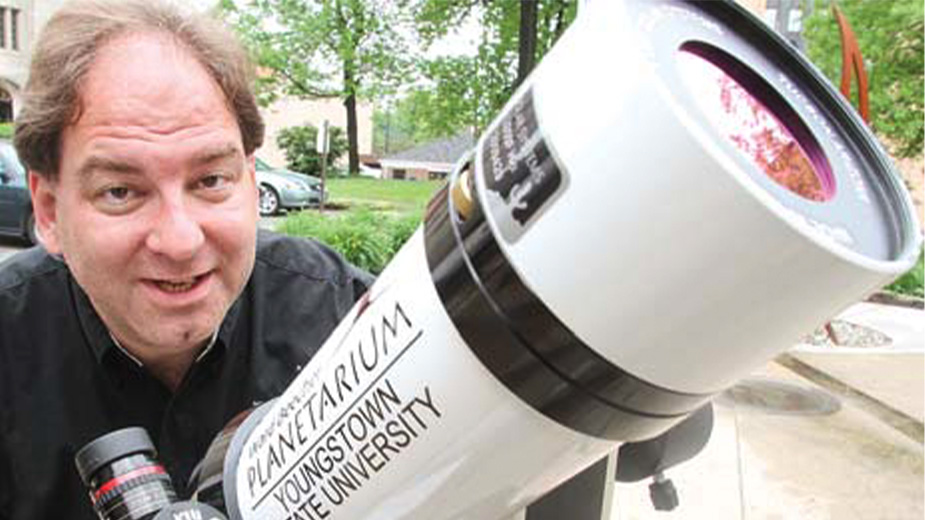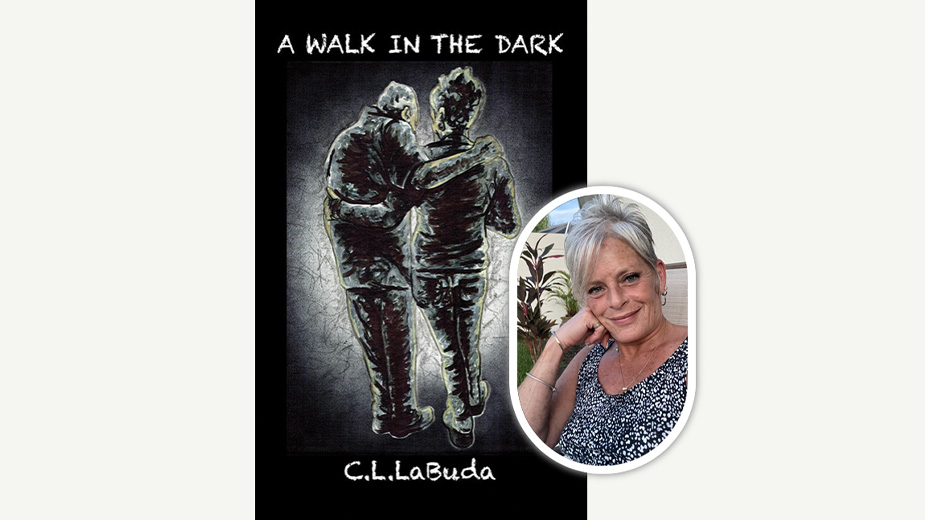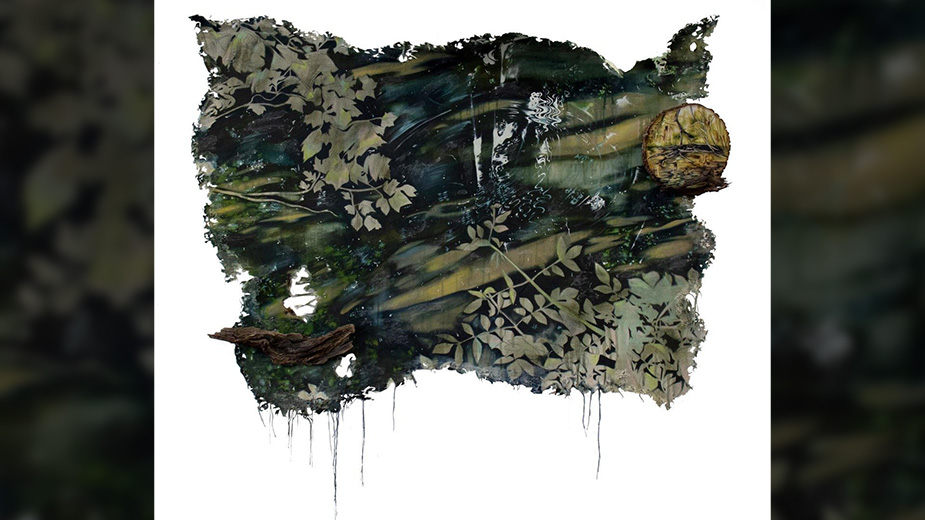YSU, Foxconn Partner for Eclipse Viewing Event
YOUNGSTOWN, Ohio – Youngstown State University’s Ward Beecher Planetarium and Foxconn EV System will present a solar eclipse viewing event at the electric vehicle manufacturer’s Lordstown plant.
The April 8 event is free, and gates will open at 1 p.m. at the Foxconn facility, 2300 Hallock Young Road SW. The event will conclude at 4 p.m., and there will be no early entry.
Patrick Durrell, a YSU physics, astronomy, geology and environmental sciences professor, has been looking forward to the total eclipse.
“I’ve been telling my students for years about this event,” he said.
The path of totality is rather thin, and usually people have to travel significant distances to witness a total eclipse.
“It’s not that common to simply say one’s going to be in your backyard,” Durrell said.
YSU physics and astronomy and Ward Beecher Planetarium faculty and staff will set up and operate telescopes with solar filters at the event.
The eclipse will start about 3:15 p.m. and will be short-lived: about a minute and a half.
Foxconn is a good place for a viewing event because it has a large parking lot.
“In short, Foxconn has partnered with YSU in the past and will continue to partner with our local universities,” Matthew DeWine, a Foxconn spokesman, said in an email. “The YSU campus is outside of the full viewing area of the eclipse, so we mutually thought it would be a good idea to open our parking lot to view the eclipse from our plant, which is in the viewing area.”
West Cleveland or areas north of Lake Erie will offer a longer period of eclipse totality.
“The maximum totality is if you’re close to the center line, and you’d see almost four minutes, which is impressive,” Durrell said.
But the idea of doing something locally is more convenient for Mahoning Valley residents. If it’s a nice day, traffic will be heavy, so the event in Lordstown will offer an experience closer to home.
And Trumbull County offers a better view than Mahoning County from which few places will offer a total eclipse. The path of totality is about 115 miles wide.
“The main thing about a total solar eclipse is you only get the full effects if the moon completely covers the sun,” Durrell said. “So you have to be under what’s called the eclipse track. If you’re not, you will not see a total eclipse.”
That’s the case for Youngstown, YSU, Boardman, Canfield, Poland. They’re not under the line of totality.
“The moon will cover 99.7, 99.8% of the sun, but that’s still not enough,” he said. “It’s not the experience.”
People who witness the eclipse from any of those areas will still need to wear eclipse glasses for safety, but they won’t see the full effects. That involves a darkening sky and the moon completely covering the sun with only a faint corona, the outer atmosphere of the sun, visible.
“A total solar eclipse is really a natural, beautiful event,” Durrell said. “And it’s one of those things where if you want a chance to see it, in some ways, you’re not going to get a better shot than this.”
The next total solar eclipse that goes through Ohio isn’t until 2099.
For a partial eclipse in 2017, about 3,000 people flocked to a viewing event in Canfield.
People who go to the April 8 event at Foxconn should bring eclipse glasses – as event organizers have a limited supply – lawn chairs and food and refreshments.
“The hard part is the weather,” Durrell said. “If it’s cloudy out, it doesn’t matter how good your solar glasses are – you’re not going to see anything.”
He’s looking forward to seeing a total solar eclipse. It’s not particularly significant from a scientific perspective, but it’s a beautiful natural event, he said.
“I haven’t seen one in my many years of being an astronomer,” Durrell said. “I want to see one.”
Pictured at top: Patrick Durrell, a YSU physics, astronomy, geology and environmental sciences professor. (Photo courtesy of Patrick Durrell)
Copyright 2024 The Business Journal, Youngstown, Ohio.



